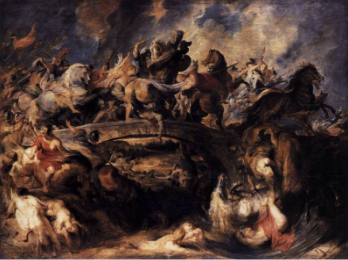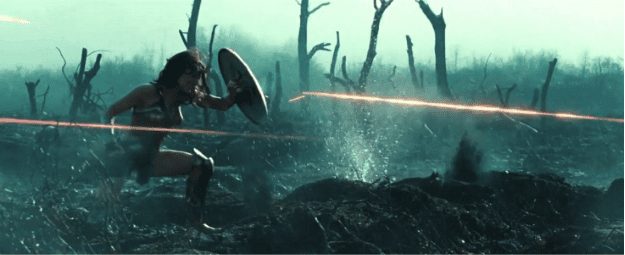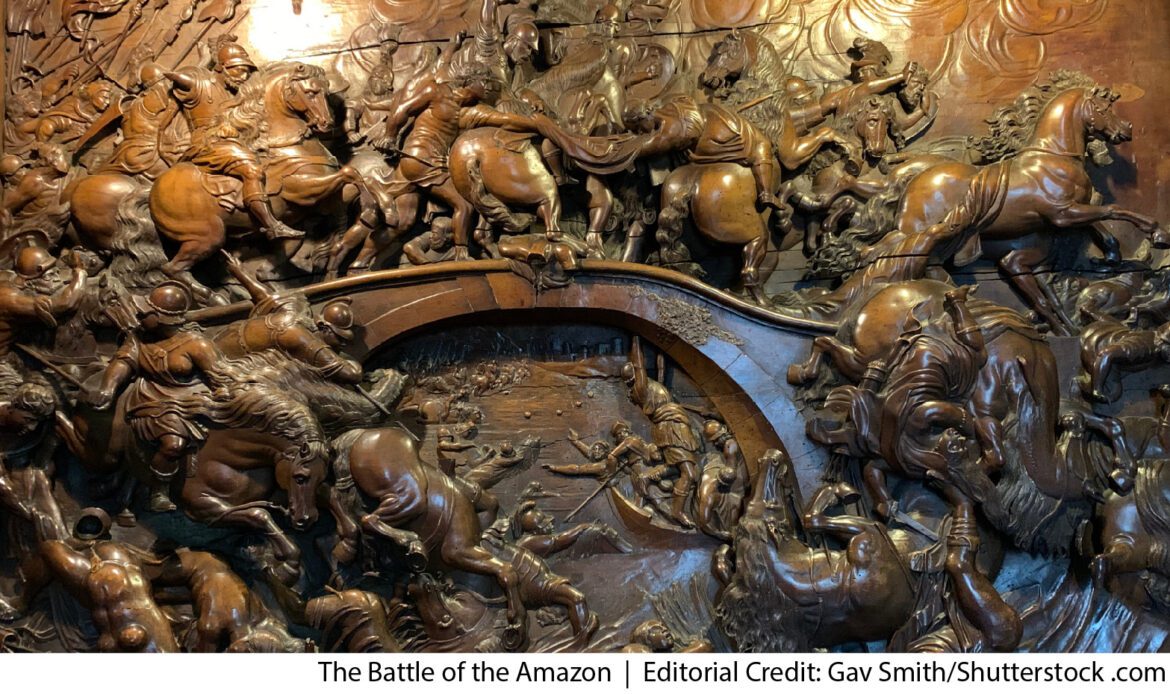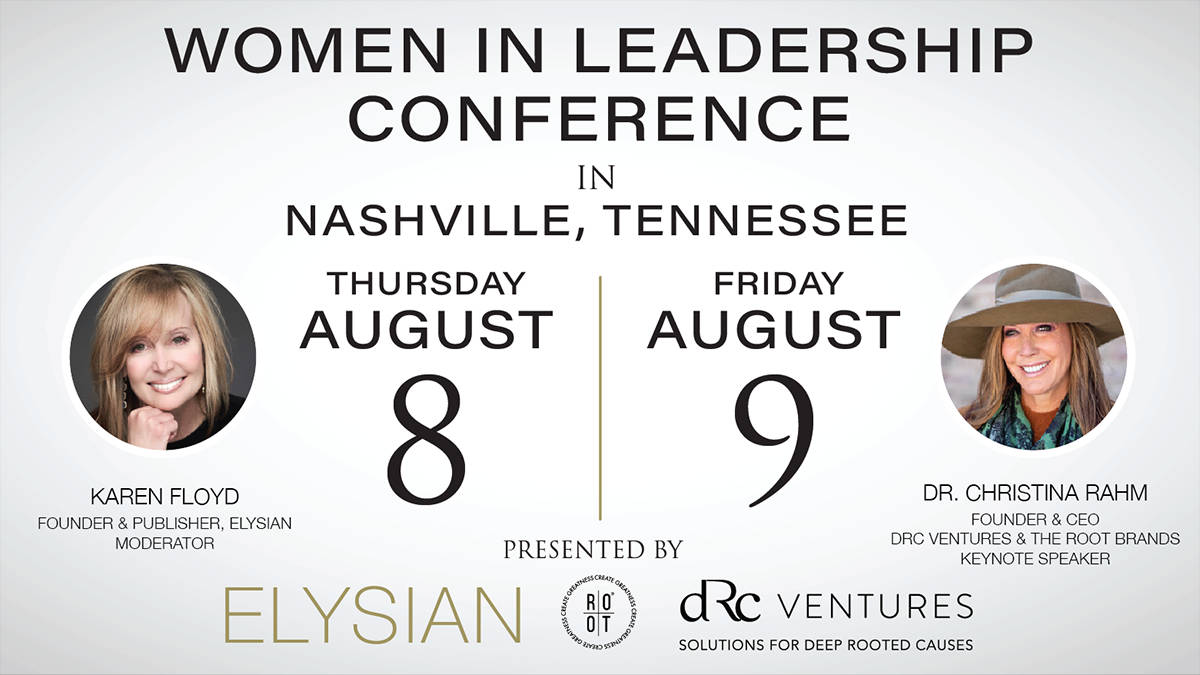Wonder Woman is arguably one of the most iconic superheroes in pop culture and a firm fixture among the trinity of keystone heroes of the DC Universe next to Superman and Batman.
Born from the imagination of psychologist William Moulton Marston in 1941, and created by illustrator Harry Peter, Wonder Woman’s character has gone through many incarnations over the last 80 years since her inception in World War II.

Since there is so much variation, Wonder Woman as we know and love her now is best profiled using her characteristics and attributes most memorable over the years.
She wields the Lasso of Truth given by Hestia to the Amazons, her protective bracers forged from the shards of Zeus’ shield by Hephaestus, and a razor-sharp tiara occasionally used as a throwing weapon. Wonder Woman speaks practically every language on Earth, including Ancient Atlantean, and can communicate with animals. Highly educated in the scholarly Amazon tradition, Diana Prince, as she calls herself in “man’s world” in honor of her godmother, is superhumanly charismatic and a great orator; her grace, agility, speed, and fighting technique are all superhuman, as is her tolerance for pain, her endurance and her beauty. As a trusted friend and noble ally to those around her, Wonder Woman will never lie, deceive or manipulate and always stands firm by her principles of love and protecting those in need.

Marble sarcophagus panel depicting a battle between Greek warriors and Amazons, ca. 160–170 CE.
The inspiration for her character is rooted in the ancient myth of the Amazons. Once a tribe of fierce female warriors, they were feared enemies and fought against the ancient Greek heroes in the Trojan War. The Amazons were usually depicted among the three barbaric forces to be overcome by civilization alongside centaurs and giants on countless temple reliefs all over the ancient world in a battle called the Amazonomachy.

Peter Paul Rubens, The war of the Amazons, c. 1615. The war with the Amazons has been re-imagined in art over centuries by artists like Peter Paul Rubens, Anselm Feuerbach, and Anthony van Dyck.
Here they are shown as a powerful enemy in battle, an equal opponent with many shared values in terms of valor and military prowess, fighting fiercely and often bare-breasted, usually noted for their riding skills, courage, and pride. They were thought to have come from the outer limits of the known world, sometimes specifically mentioned as the city of Themiskyra on the Black Sea. Archaeological evidence suggests that the Amazons actually existed around the 6th century BCE and had been equated with the tribes of the Scythians.
The cultural significance of these legendary women lies in their symbolic “otherness,” which was diametrically opposed to societal norms and embodied chaos to civilized order.
Yet every great hero of antiquity was bound to have a pivotal encounter with an Amazon, and over time their perception changed.
On his quest to take the belt of the Amazon queen Hippolyte, Heracles ended up killing her by accident, due to the interference of the goddess Hera. While their first encounter was peaceful and she agreed to give him the belt freely, he followed his actions with an all-out war against the Amazons.
The great hero Achilles is also forced to meet Hippolyte’s sister, Penthesilea, in battle during the Trojan War, but he tragically falls in love with her right after he defeats her, and her ideal beauty is revealed under her armor. This marks a gradual shift in the interaction with the Amazons. It was finally Hippolyte, aka Wonder Woman’s mother, who concluded a long war between Athens and the Amazons with a peace treaty, resulting in the marriage between their founding hero Theseus and Hippolyte, signifying the Greek city-state’s progression towards a single political and economic entity.
The great appeal to reimagine a new modern Amazon from this ancient myth to inspire young girls in an artistic medium with a wide popular outreach was described in a 1943 issue of The American Scholar by the creator of Wonder Woman, Professor William Marston himself:
“Not even girls want to be girls so long as our feminine archetype lacks force, strength, and power. […] The obvious remedy is to create a feminine character with all the strength of Superman plus all the allure of a good and beautiful woman.”
Many of Wonder Woman’s attributes – such as her divine beauty, her valor, her keen intellect, fighting skills, and her origins as the daughter of Hippolyte – are in keeping with the ancient tradition, and only the bracers or the lasso are therefore modern inventions of a superhero character. But her ideals were born from the concept of love, which Marston believed was one of the highest values people should live by. His elevation of love embodied in the ancient ideal of a female warrior made Wonder Woman a revolutionary icon that changed the way the world views and values women.
What makes Wonder Woman an inspiring female hero and sets her apart from her male counterparts?
After centuries of seeing the Amazons from the outside and as attackers or potential enemies, the tale is now told from the perspective of the Amazon, Wonder Woman. The narrative roles are reversed, and it is the American general Steve Trevor crash-landing on her island of Themiskyra – where the Amazons live in harmony and complete isolation from the outside world – who is the stranger. Mankind, personified by Trevor, is in need of the Amazons’ help, and Wonder Woman makes the personal choice to follow him against her mother’s wishes. This choice is essential to what makes Wonder Woman a true hero and pushes the boundaries of her character beyond that of only a beautiful goddess or supernatural being.
The final transition from beautiful Amazon to the superhero Wonder Woman is epitomized in a scene from her 2017 movie, directed by Patty Jenkins. Diana is in the Allied trenches during World War I and hears the plea of a woman whose village has been occupied by the Germans, who are slaughtering them. In order to save them, one has to cross “no man’s land” – a minefield between the trenches with countless German guns pointed at it.
When she tries to rally the soldiers to free the village, it is Steve Trevor who reasons with her, saying, “We can’t save everyone in this war, this is not what we came here to do!”
And she simply answers: “No, but it is what I am going to do!”
This is the moment when she sheds her clothing, revealing her superhero costume underneath. And then she steps over the edge into the line of fire facing down the bullets of the Germans in order to free a village from destruction.
What makes Wonder Woman iconic and marks her transition into a superhero here is not only her powers and her skills, but her choice to protect a seemingly random group of people – not because she knows them or they have any strategic significance, but simply for the sake of doing the right thing.
She lets her emotions and moral compass guide her, never losing her fierce resolve, and implementing what her emotions lead her toward with a clear grasp of the tactical realities of the battle before her – showing true leadership at its finest.
While the battle-worn soldiers rightfully despair in the face of senseless cruelty and the loss of humanity, Diana defines her own morality through her choices instead of her circumstances.

She leads by example and introduces the potent stoic stance that no matter how powerless you are in the face of the world’s horrors, you can still make a personal choice toward moral accountability as long as you are prepared to make the final sacrifice.
She jumpstarts the heroic idealism in the men around her, demonstrating the reciprocity between the Amazon and her heroic male counterpart and their cultural significance throughout history.
Quite symbolically, Wonder Woman, our modern-day Amazon, now stands alone after the heroic death of First World War hero Steve Trevor, in what many scholars have coined the post-heroic age that was ushered in by the horrendous war casualties of the 20th century. One only dares to hope for a new generation of heroes to rise up to her ideals and fight alongside her.


